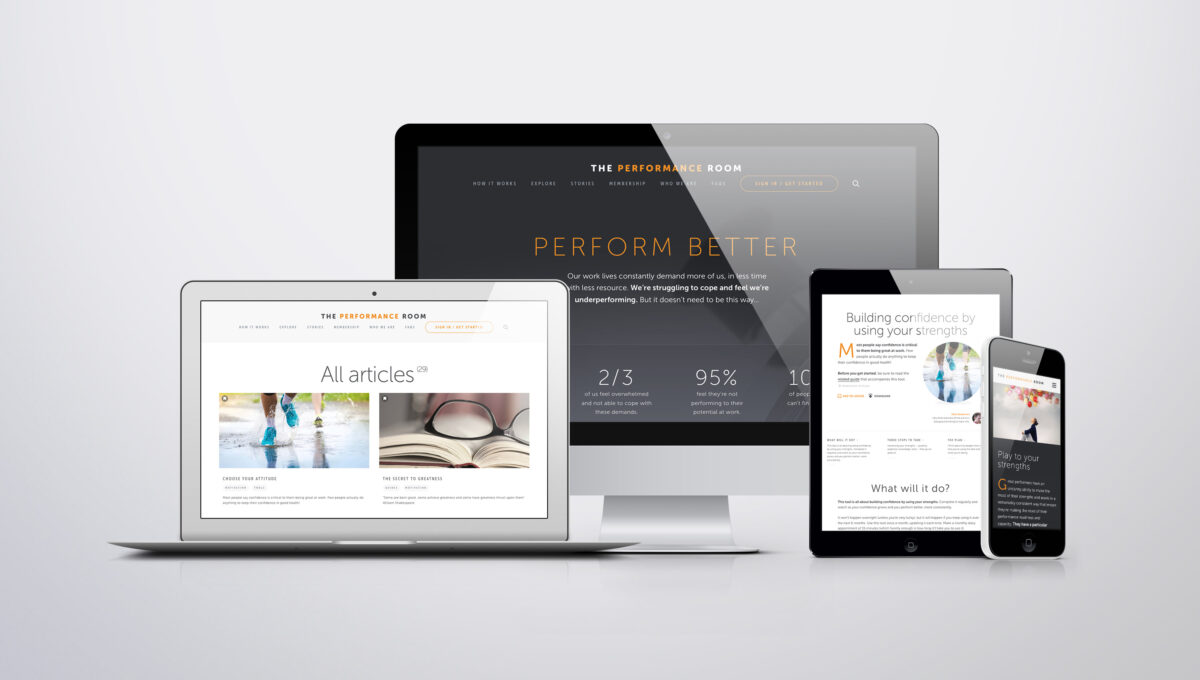Never stand still

“We’re never 100% satisfied. It’ll have to be faster again in the summer to win the Olympics”. Words uttered by an Olympic cyclist, just minutes after their team broke the world record.
For the very best, improving performance is a healthy obsession and a way of life. If you want to be the best, or the best version of yourself that you can be, read on.
What goes on
We’ve seen countless initiatives focused on continuous improvement and the desire to live the ‘aggregation of marginal gains’ notion. Everyone we meet says they’ve a desire to improve but too often that doesn’t turn into action.
In contrast we’ve also seen high performance sport environments where there’s no initiative or department, it’s simply everyone’s job to be part of creating a culture where daily improvement is an inevitable focus.
Elite performers train hard and practise hard . They’ve got a superb combination of attitude and behaviour towards performance that makes improvement inevitable.
Five performance truths
The brutal reality of high performance life – this is what you need to know
- What’s OK today will be inadequate tomorrow . In a world where things move on and the competition is working hard, performance needs to improve just to maintain your current position.
- Improvement means regularly targeting where you want to improve and then assessing whether you’ve done it. It’s a consistent behaviour, not a twice yearly review process.
- When you have a desire to improve mindset, it means you focus on improving the stuff you’re already great at, as well as the stuff you’re not so great at.
- Being excellent at improving means taking ownership of feedback. The best define and then get the feedback they need, they don’t sit around waiting for it.
- Making improvements is a collective effort. You’re 100% responsible for your improvement, just don’t expect it to be a solo project. The best always use support.
Three things to do
- Get feedback and listen to it. Elite performers crave feedback from different places. From numbers, observation, people you trust and respect and from your thoughts and reflections.
- Create and take learning opportunities. A chance to take on a new task or project, go on a course or write a blog article. Opportunity is all around you.
- Get a plan going that works for you. There are three tools in this kitbag to help you do that. Drive your development. Plan in detail. And review along the way.
There’s also another tool in this kitbag Ready, Aim, Fire! which will focus you on task specific development. You can also use the Practise like the elite tool in the Practice Makes Perfect Kitbag.
Yuto’s story
Yuto worked in a large business with its own training team. He believed it was their job to help him get better. If he was asked to do something outside his core role he would think (and sometimes say) “that’s not my job, and I won’t get paid”. His thinking was narrow and he saw new opportunities as more work rather than chances to learn and grow. He didn’t like failure so his tendency was to play safe. And even though he was frustrated that other people got promoted ahead of him, he still wouldn’t change.
Gradually, he realised he was getting in his own way. His attitude was unhelpful and his thinking closed. He started to listen to others including his boss Lenka who was a good coach to him. He even started to seek out feedback and though he found it hard to hear, he found some of it very useful. He worked hard to be open-minded about things and to own his development.
The more he did this the more open he became. He better understood his weaknesses and his strengths. He saw himself as a project and he liked the feeling of being more in charge of his own destiny, career and life. He even began to become an advocate for personal development and now sees himself as a performer who wants to perform better every day. Though it’s still best if he plays the guitar when everyone else has gone out.

